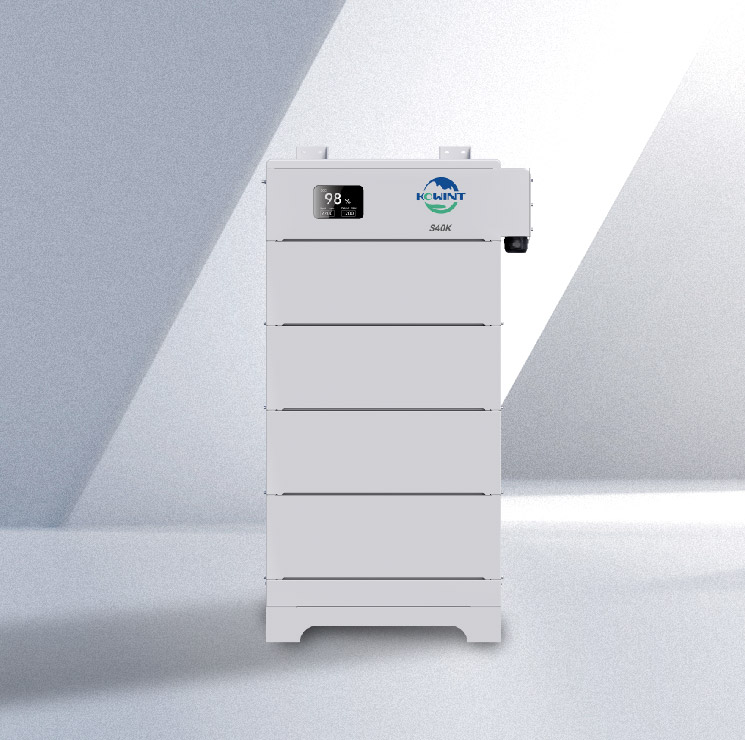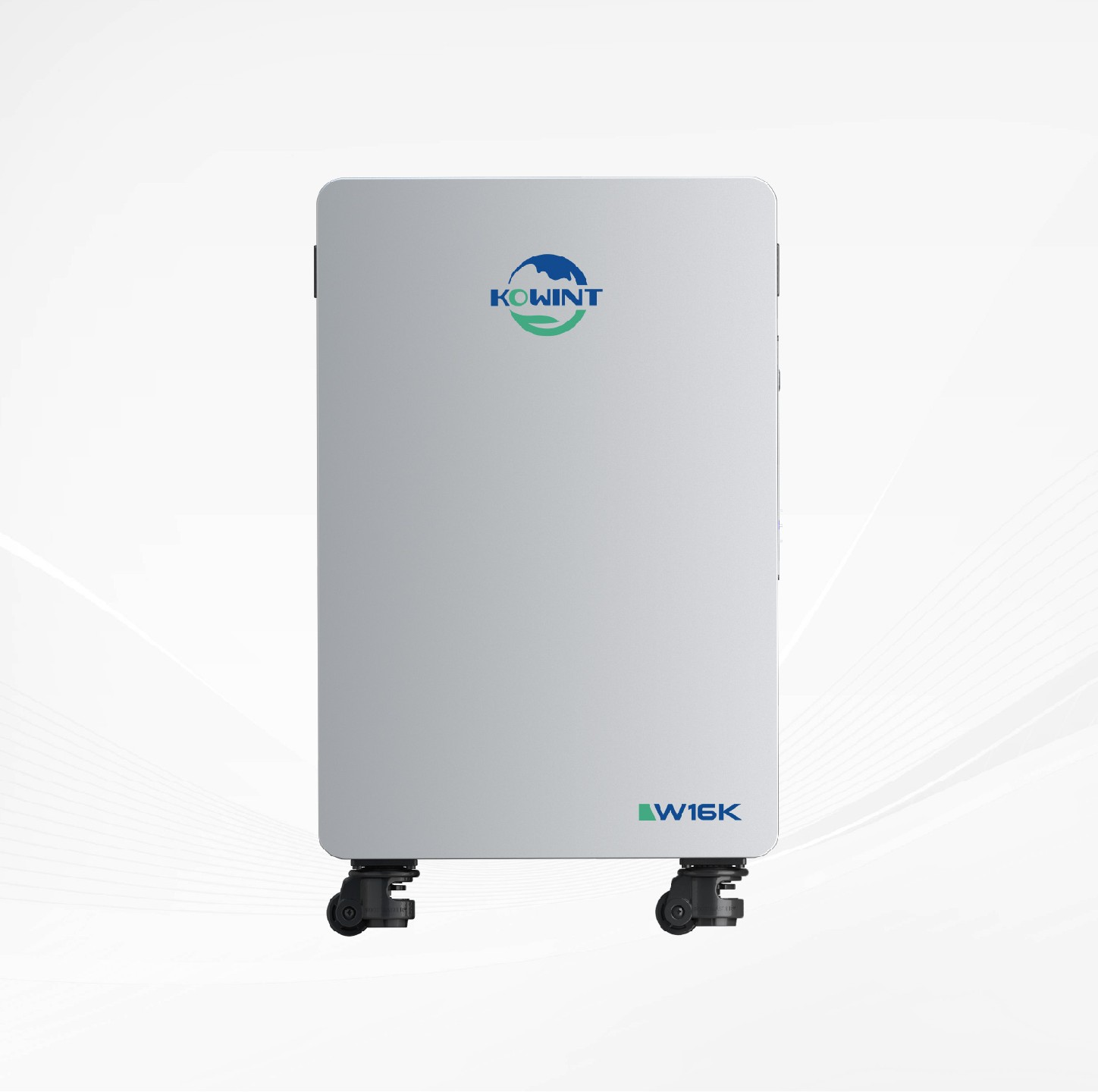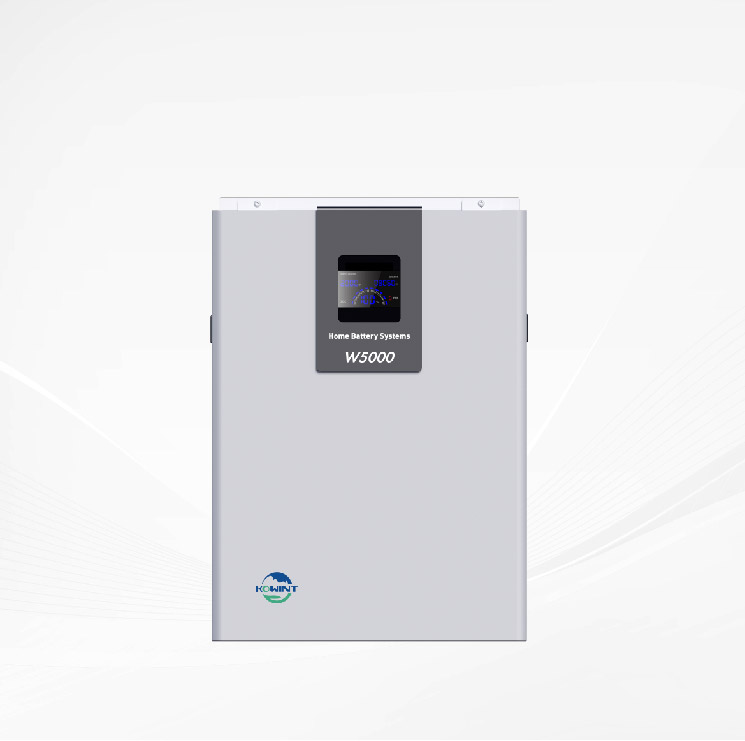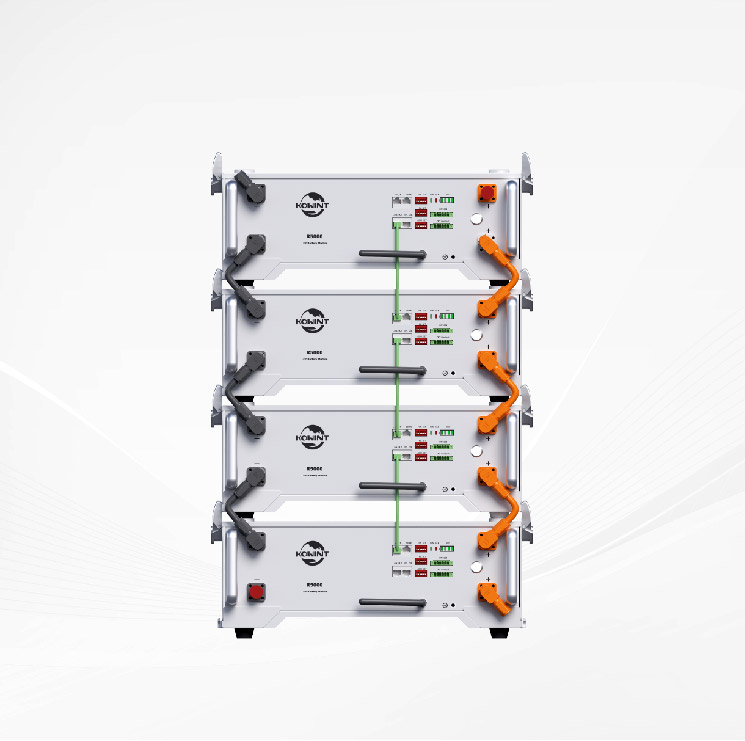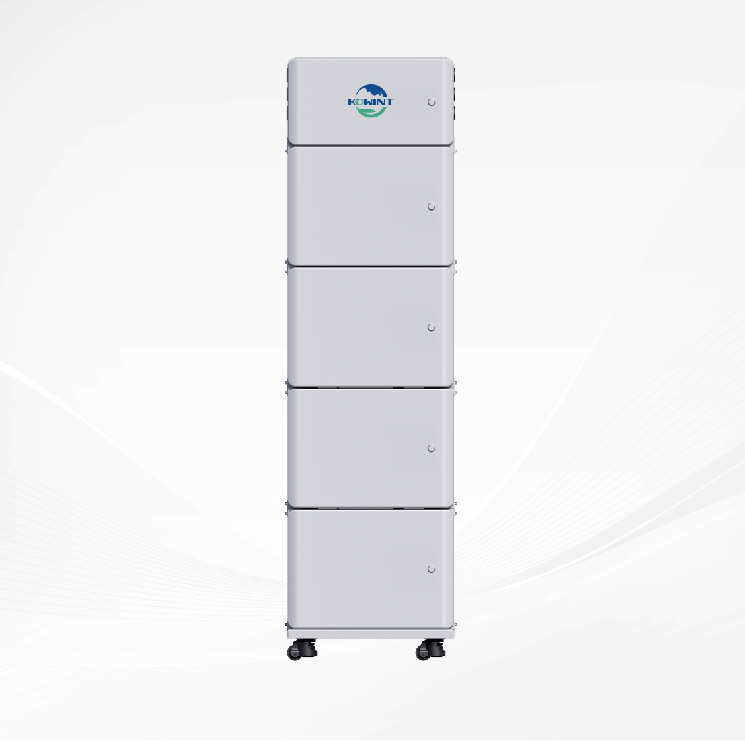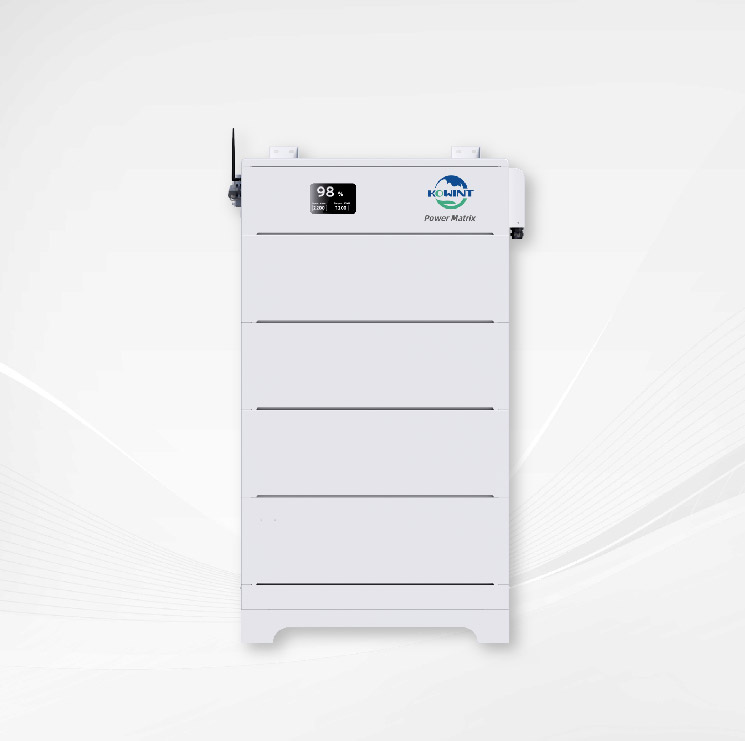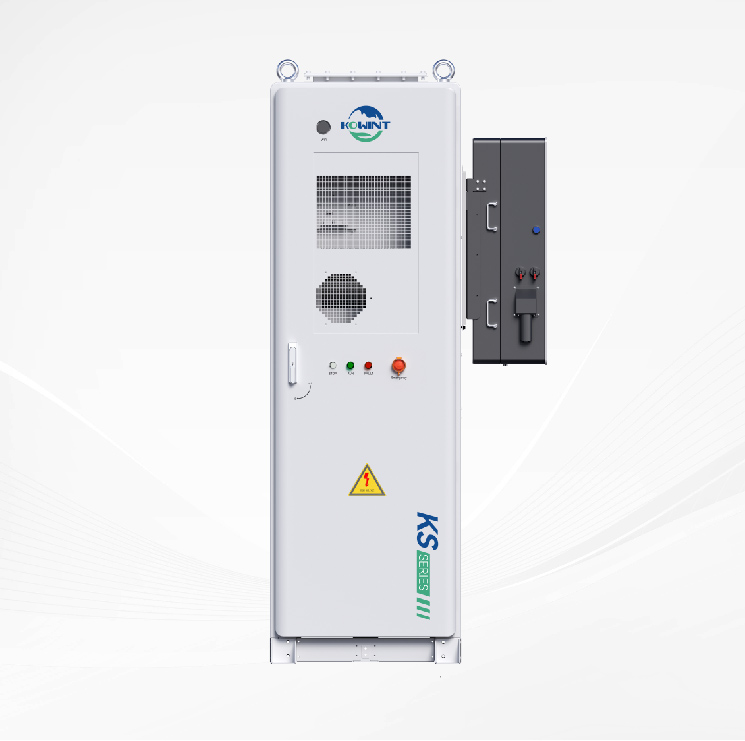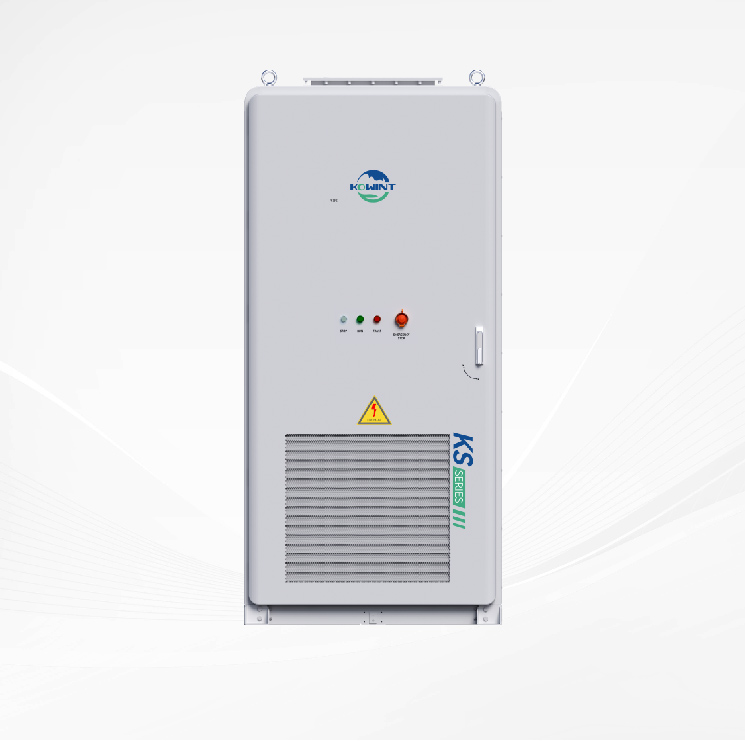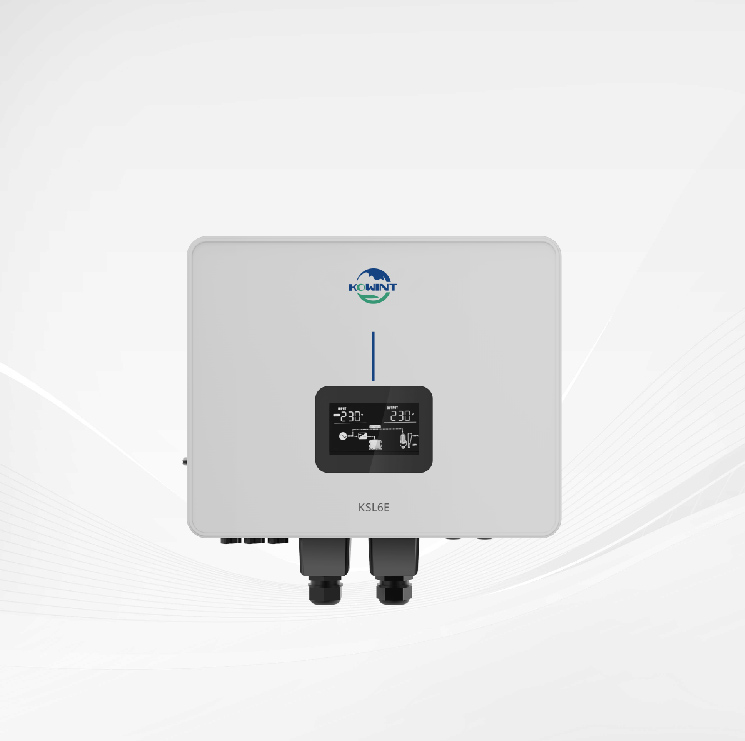Navigating the Depths: Marine Battery vs. Car Battery
Introduction
Setting the Context: Importance of Batteries in Vehicles
1. Highlighting the crucial role batteries play in powering vehicles, whether on land or water.
2. Emphasizing the significance of choosing the right battery to ensure optimal performance and reliability.
Overview of Marine and Car Batteries
1. Briefly introducing marine batteries, specifically designed for boats, yachts, and other marine vessels.
2. Introducing car batteries, essential components in automobiles for starting engines and powering electrical systems.
Purpose of the Article: Understanding Differences and Choosing Wisely
1. Clarifying the objective of the article: to provide readers with comprehensive insights into the distinctions between marine and car batteries.
2. Expressing the aim of empowering readers to make informed decisions when selecting the appropriate battery for their specific needs and applications.
Understanding Marine and Car Batteries
Composition and Design
1. Marine Batteries:
l Detailing the construction of marine batteries, engineered to withstand harsh marine environments.
l Explaining the internal components, such as lead plates and electrolytes, optimized for deep cycle applications.
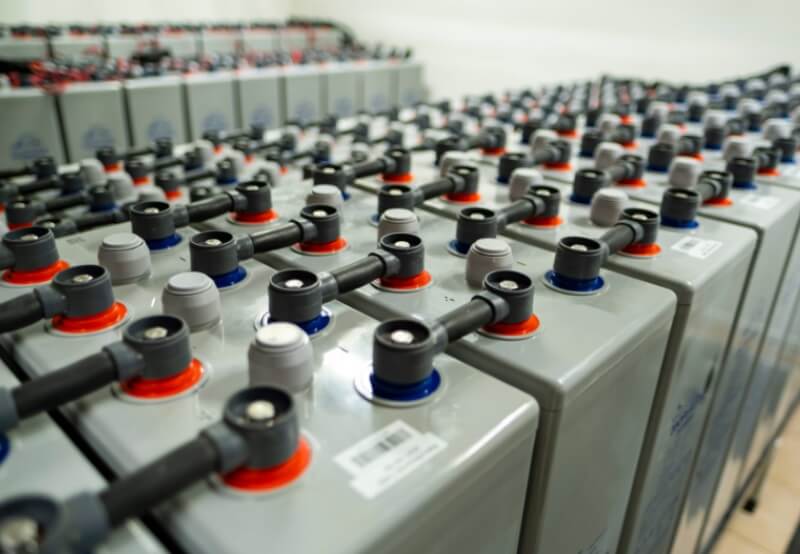
2. Car Batteries:
l Describing the structure of car batteries, primarily focused on delivering high bursts of power to start engines.
l Discussing the composition, including lead-acid cells and sulfuric acid electrolytes, designed for shallow discharge cycles.
Voltage and Capacity
1. Marine Batteries:
l Discussing the voltage ratings commonly found in marine batteries, such as 12-volt and 24-volt systems.
l Explaining the capacity ratings in ampere-hours (Ah), reflecting the battery's ability to sustain power over extended periods.
2. Car Batteries:
l Detailing the voltage specifications typically associated with car batteries, ranging from 12 volts in most vehicles.
l Comparing the capacity ratings, often expressed in reserve capacity (RC) or cold cranking amps (CCA), indicating the battery's ability to start engines in cold temperatures.
Performance Characteristics
1. Marine Batteries:
l Highlighting the deep cycle capabilities of marine batteries, ideal for consistent and prolonged power output.
l Discussing the importance of reserve capacity and cycle life in marine applications, where reliability is paramount.
2. Car Batteries:
l Emphasizing the cranking power of car batteries, crucial for starting engines, especially in cold weather conditions.
l Explaining the significance of cold cranking amps (CCA) and pulse cranking amps (PCA) in ensuring reliable engine starts in various climates.
Usage Scenarios
1. Marine Batteries:
l Illustrating typical applications of marine batteries, including powering onboard electronics, navigation systems, and trolling motors.
l Highlighting the versatility of marine batteries for both recreational and commercial marine vessels.
2. Car Batteries:
l Detailing the primary function of car batteries in providing electrical power for starting engines, powering lights, and operating accessories.
l Explaining the role of alternators in recharging car batteries while the engine is running, maintaining their charge for subsequent starts.

Comparing Performance in Different Environments
Marine Battery Performance
1. Cold Weather Operation:
l Discussing how marine batteries handle cold weather conditions encountered in marine environments.
l Explaining the impact of temperature on battery performance, including reduced capacity and increased internal resistance.
l Detailing strategies to mitigate cold weather effects on marine batteries, such as insulation and preheating methods.
2. Marine Environment Resilience:
l Highlighting the durability of marine batteries in harsh marine environments, including exposure to saltwater and humidity.
l Explaining how marine batteries are engineered to withstand corrosion and vibration, common in marine applications.
l Discussing the importance of marine battery maintenance, such as regular cleaning and corrosion prevention measures.
Car Battery Performance
1. Cold Weather Starting:
l Explaining the challenges faced by car batteries in cold weather, where low temperatures can reduce electrolyte conductivity.
l Discussing the role of cold cranking amps (CCA) in ensuring reliable engine starts in cold climates.
l Detailing techniques to improve cold weather performance, such as using engine block heaters and maintaining proper battery insulation.
2. Urban vs. Rural Driving:
l Contrasting the demands placed on car batteries in urban and rural driving conditions.
l Explaining how frequent short trips in urban environments can affect battery performance by limiting the opportunity for full recharging.
l Discussing the impact of long-distance driving in rural areas on car batteries, including sustained charging from the alternator.
Performance Comparison:
1. Voltage Stability:
l Comparing the voltage stability of marine and car batteries under different operating conditions.
l Discussing how marine batteries maintain steady voltage output during deep cycle applications, ensuring consistent power delivery.
l Highlighting the importance of voltage stability in car batteries for maintaining electrical system integrity and preventing damage to sensitive electronics.
2. Capacity Retention:
l Evaluating the capacity retention of marine and car batteries over time and under varying environmental conditions.
l Explaining how factors such as temperature, discharge depth, and charging methods affect battery capacity.
l Providing recommendations for maximizing battery lifespan and performance through proper maintenance and usage practices.
Factors to Consider When Choosing Between Marine and Car Batteries
Purpose and Application
1. Marine Battery:
l Discussing the specific requirements of marine applications, such as powering onboard electronics, navigation systems, and trolling motors.
l Highlighting the deep cycle capabilities of marine batteries for prolonged use without compromising performance.
l Explaining how marine batteries are designed to withstand the harsh conditions encountered in marine environments, including saltwater exposure and vibration.
2. Car Battery:
l Exploring the primary function of car batteries in providing starting power to ignite the engine and support electrical systems while the vehicle is in operation.
l Discussing the importance of cold cranking amps (CCA) for reliable engine starts, especially in cold weather climates.
l Highlighting the role of car batteries in supporting accessories such as lights, audio systems, and climate control during vehicle operation.
Environmental Conditions
1. Marine Environment:
l Considering the unique challenges posed by marine environments, including exposure to saltwater, humidity, and extreme temperatures.
l Discussing how marine batteries are engineered to resist corrosion, vibration, and electrolyte loss, ensuring reliable performance in demanding conditions.
l Exploring the impact of marine environment factors on battery lifespan and performance, emphasizing the need for robust construction and maintenance.
2. Automotive Environment:
l Examining the environmental factors affecting car battery performance, such as temperature extremes, vibration, and electrical system demands.
l Discussing the role of car batteries in powering essential vehicle functions and accessories, including engine starting, lighting, and climate control.
l Highlighting the importance of choosing a car battery with adequate cold cranking amps (CCA) for reliable starting performance in cold weather climates.
Battery Type and Construction
1. Marine Battery Types:
l Exploring the different types of marine batteries available, including flooded lead-acid, AGM (absorbent glass mat), and gel cell batteries.
l Discussing the advantages and disadvantages of each marine battery type in terms of performance, maintenance requirements, and cost.
l Providing recommendations for selecting the most suitable marine battery type based on the specific needs of the vessel and intended use.
2. Car Battery Types:
l Comparing the various types of car batteries, including traditional flooded lead-acid batteries and newer AGM and EFB (enhanced flooded battery) technologies.
l Discussing the differences in performance, lifespan, and maintenance requirements between different car battery types.
l Providing guidance on choosing the right car battery type based on vehicle specifications, driving habits, and environmental conditions.
Budget and Longevity
1. Initial Cost:
l Considering the upfront cost of purchasing a marine battery versus a car battery, including factors such as brand, technology, and capacity.
l Discussing the potential cost savings associated with investing in a high-quality battery that offers superior performance and longevity.
2. Long-Term Value:
l Exploring the long-term value proposition of marine and car batteries in terms of lifespan, reliability, and maintenance requirements.
l Discussing the importance of choosing a battery that offers optimal performance and durability over its entire service life, minimizing the need for replacement and associated costs.
l Providing recommendations for maximizing the value of battery investments through proper maintenance, usage practices, and periodic inspections.
Best Practices for Selecting the Right Battery
Assessing Power Requirement
1. Conducting a Power Needs Analysis:
l Detailing the process of assessing the power requirements for the intended application, whether marine or automotive.
l Discussing factors such as electrical load, starting power, and runtime expectations to determine the appropriate battery capacity.
l Providing guidelines or tools for calculating power needs based on specific equipment and usage patterns.
2. Matching Battery Capacity:
l Emphasizing the importance of selecting a battery with sufficient capacity to meet the power demands of the application.
l Explaining how to match battery capacity to power requirements, considering factors such as discharge rates, reserve capacity, and operating conditions.
l Providing examples or case studies to illustrate the consequences of under-sizing or over-sizing batteries for different applications.
Considering Environmental Factors
Assessing Environmental Conditions:
l Highlighting the impact of environmental factors, such as temperature, humidity, and vibration, on battery performance and longevity.
l Discussing the specific challenges posed by marine and automotive environments and their implications for battery selection.
l Providing guidance on choosing batteries with appropriate construction, materials, and features to withstand environmental stressors.
Understanding Battery Types and Technologies
Comparing Battery Chemistries:
l Explaining the differences between lead-acid, AGM, gel cell, and other battery chemistries commonly used in marine and automotive applications.
l Discussing the unique characteristics, advantages, and limitations of each battery type in terms of performance, maintenance, and cost.
l Providing insights into emerging battery technologies and their potential impact on marine and automotive markets.
Evaluating Long-Term Cost and Value
Considering Total Cost of Ownership:
l Discussing the concept of total cost of ownership (TCO) and its relevance to battery selection decisions.
l Explaining how factors such as initial cost, maintenance requirements, lifespan, and efficiency contribute to TCO calculations.
l Providing tools or resources for evaluating TCO for different battery options and making informed purchasing decisions.
Seeking Expert Advice and Recommendations
Consulting with Professionals:
l Advising readers to seek advice from knowledgeable professionals, such as battery specialists, marine technicians, or automotive experts.
l Highlighting the value of consulting with professionals who can offer tailored recommendations based on individual needs, preferences, and circumstances.
l Providing tips for effectively communicating requirements and preferences to professionals and evaluating their recommendations.
Conducting Due Diligence and Research
Researching Brands and Products:
l Encouraging readers to conduct thorough research on battery brands, products, and manufacturers before making a purchase.
l Discussing factors to consider when evaluating battery brands and products, such as reputation, reliability, warranty coverage, and customer reviews.
l Providing resources or tools for researching battery brands and products, including online reviews, industry publications, and manufacturer websites.
Prioritizing Safety and Compliance
Ensuring Compliance and Safety:
l Emphasizing the importance of choosing batteries that meet relevant safety standards and regulatory requirements.
l Discussing the potential risks associated with non-compliant or counterfeit batteries and their implications for safety and performance.
l Providing guidance on identifying reputable suppliers and verifying product certifications to ensure compliance and safety.
Conclusion
In conclusion, selecting the right battery for marine vessels and vehicles is paramount for ensuring optimal performance, reliability, and longevity. By thoroughly assessing specific power requirements, researching and comparing various options, considering long-term value, and ensuring compatibility with equipment and installation requirements, individuals can make informed decisions. It's crucial to prioritize quality and reliability over upfront cost and to invest in batteries from reputable manufacturers. By following these best practices and seeking expert advice when needed, individuals can navigate the complexities of battery selection with confidence, ultimately maximizing the efficiency and effectiveness of their marine and automotive systems.


 Residential Energy Storage System
Residential Energy Storage System Commercial & Industrial BESS
Commercial & Industrial BESS Residential inverter
Residential inverter